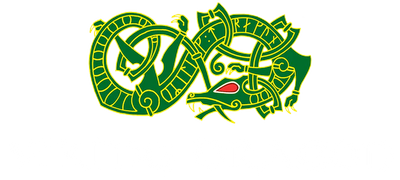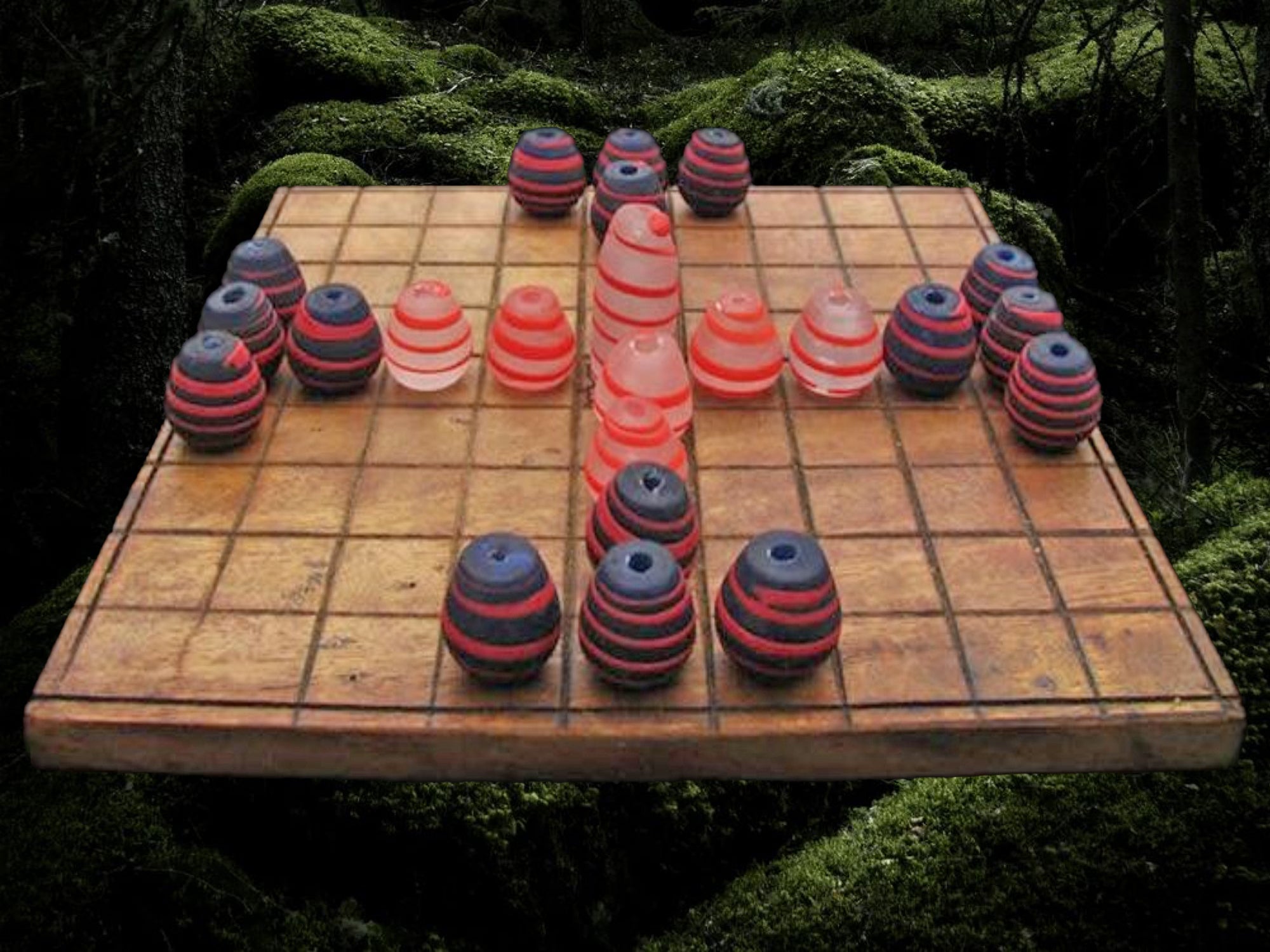Exploring what it means to be a Viking and whether you can still meet a Viking today.
When you think of the word “Viking,” you might picture a strong, bearded man with a horned hat. You might think of popular television series or movies that revolve around fighting and fires, long boats and dangerous societies. Maybe you even think of ancient gods and rituals involving fur and bones. But what actually is a Viking? Are all ancient Scandinavians Vikings? How can you differentiate a Viking from other societies of the era? Well, there are a few characteristics you can look for.
Who were the Vikings?
In the most basic of terms, “Viking” is the term we use to refer to a member of a specific Scandinavian seafaring society that existed from around the 9th century to the 11th. They travelled largely in the waters and shores surrounding what is now Denmark, Norway, and Sweden, though they did eventually venture down to the British Isles and the coast of what is now France.
Their travel was due to a few factors including overpopulation and overuse of local resources, leading them to raid other populations for their land, wealth, people, animals, and other resources. This is the origin of the title “Viking;” it comes from a word in many Scandinavian languages - “víkingr” - which means “pirate.” These raiders would travel via longships and use a method of guerilla warfare to attack coastal settlements quickly and efficiently, then take their bounty home. They valued strength and bravery, so much so that their religious perception of the afterlife included a special paradise for those that died on the battlefield.
Outside of raiding, Viking society was typically clan based, with a chieftain running a small group that would consist of a home base of farmers, artisans, and leaders to and from which raiders would travel. The Vikings were skilled craftsmen in a range of fields. Their longboats were expertly designed for speed, agility, and troop deployment in shallow waters, while their merchant vessels (called knarr) could carry cargo in bulk for trade and transportation between settlements. Their clothing was well-crafted, beautiful and sturdy, made from fine fabrics like silks as well as furs and leather, and accented with intricate jewelry. Probably the best known of Viking artistry, though, is the runic alphabet with which they recorded their society in everything from simple ship’s logs to religious commentary and epic poetry, known as the Sagas.
Were there other Scandinavian societies that weren’t Vikings?
Of course, the Vikings were not the only civilization in the Scandinavian lands and waters during the Viking age; there were a practically uncountable number of individualised civilizations and societies that developed independently in the area.
There were many notable companions to the Vikings.
* The Danes were historically the occupants of what’s now Denmark, though the term has come to mean many of the people in Denmark, Sweden, Norway, and Iceland. This North Germanic tribe also spoke a version of Old Norse which then developed into Danish, and had similar religious beliefs, worshipping many of the same gods as the Vikings.
* The Anglo-Saxons were another extremely famous people who frequently went up against the Vikings, composed of the combination of the Saxons and the Angles, which were two tribes in the British Isles. Though their origins are Germanic, they spoke Old English and were influenced by the remains of the Roman empire in terms of writing and culture. They tended to settle further South, and were early adopters of Christianity, which they imposed on their ruled lands.
* The Normans were another frequent combatant of the Vikings, settling largely on mainland Europe in what’s now France. These people had their own language - Norman - like the Danes, but they also spoke Old Norse and Latin due to early Christian influence. They were frequent enemies of the Anglo-Saxons as well.
Are there still Vikings today?
The Viking age, as we would consider it today, seems to have ended around the early 1000s, though remnants of Viking culture would remain active until around the 15th century with the loss of Scandinavian authority happening in Europe around the mid-1200s and the king of Norway losing ownership of Orkney and Shetland in the mid-1400s. Because of this, Vikings as we consider them historically are no longer present in the modern world; the culture was largely assimilated into surrounding societies or adapted to be settled rather than seafaring.
That’s not to say that there are no descendents of Vikings, however. Many Scandinavian people today can trace their heritage back to various Viking groups and even some of the more famous Viking individuals.
Additionally, there are groups attempting to not only learn more about how the Vikings lived, but take up that lifestyle for themselves. The village of Njardarheimr (translating roughly to “the home devoted to Njord,” with Njord being a Norse god of trade, seafaring, and agriculture) proudly calls itself a Viking village, and operates under its Viking king, Hansen. These people are using traditional trade techniques - such as smithing, boat crafting, textile work, and farming - to live their lives as close to historical Vikings as possible. Their children train in the classic trades, their clothes follow traditional styles, and they build classic Viking weapons, though they aim to educate rather than raid.
Beyond this, Norse paganism has become popular in alternative spirituality circles, with many people working with ancient Norse religious practices such as runic divination and offerings to the Norse gods. These practitioners, sometimes called heathens by scholars for the historical context of the word, take inspiration from the Norse Edda and early texts like Beowulf to reconstruct the pre-Christian practices the Vikings and other contemporary societies may have used.
The Vikings are alive and well in modern society, even if their original culture is still a mystery to use.
Sources:
https://en.wikipedia.org/wiki/Vikings
https://www.britannica.com/topic/Viking-people
https://en.natmus.dk/historical-knowledge/denmark/prehistoric-period-until-1050-ad/the-Viking-age/
https://www.visitnorway.com/things-to-do/art-culture/Vikings/
https://en.wikipedia.org/wiki/Viking_Age
https://norse-mythology.org/who-were-the-historical-Vikings/
https://www.english-heritage.org.uk/visit/inspire-me/the-history-of-Vikings-in-england/
https://www.thildekoldholdt.com/post/Viking-vs-norse-vs-scandinavian
https://en.wikipedia.org/wiki/Danes_(tribe)
https://en.wikipedia.org/wiki/Anglo-Saxons
https://en.wikipedia.org/wiki/Normans
https://www.visitnorway.com/things-to-do/art-culture/Vikings/the-modern-Vikings/
https://en.wikipedia.org/wiki/Heathenry_(new_religious_movement)


